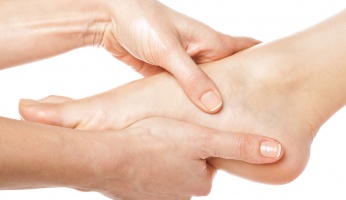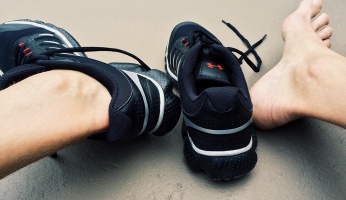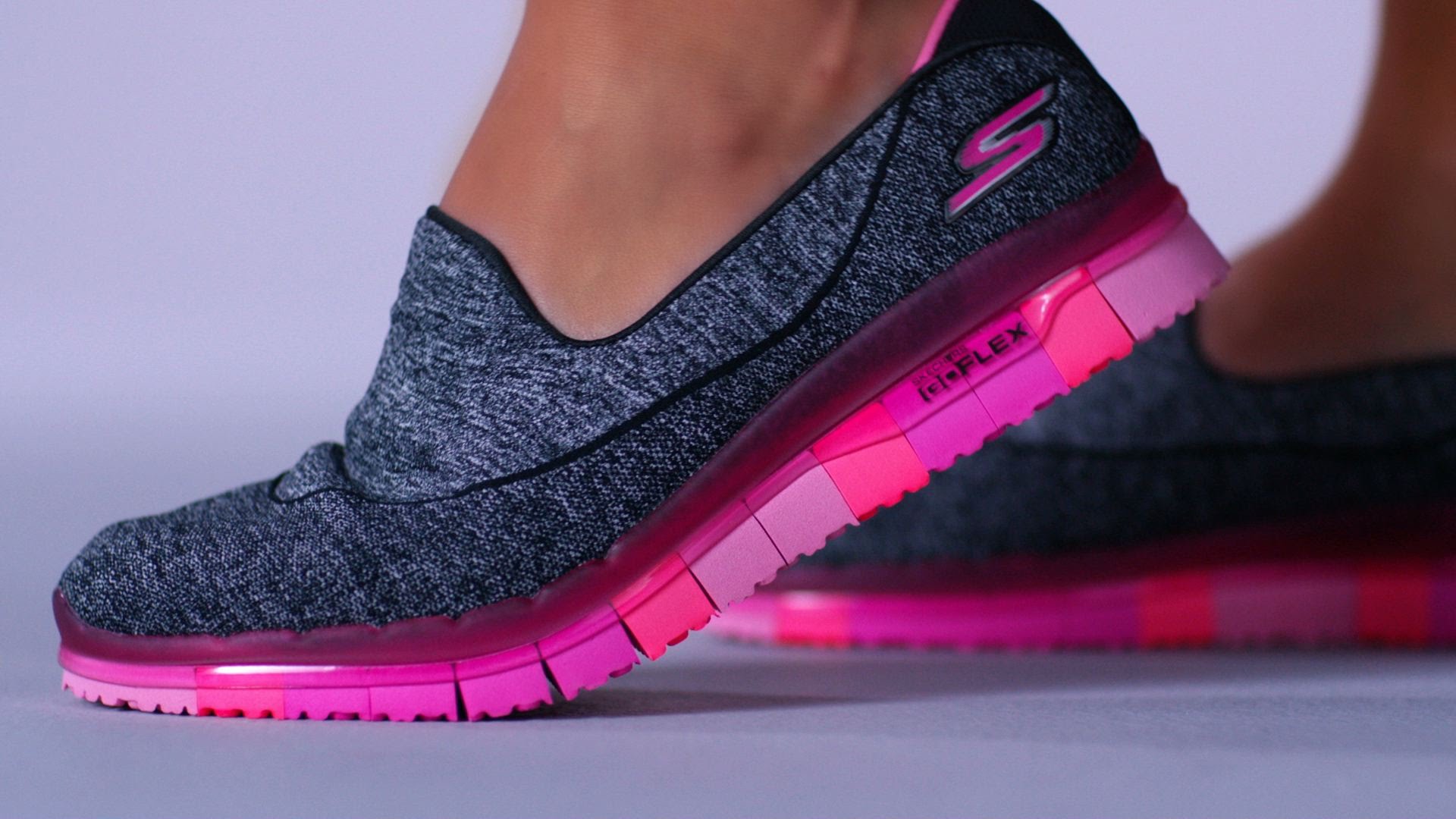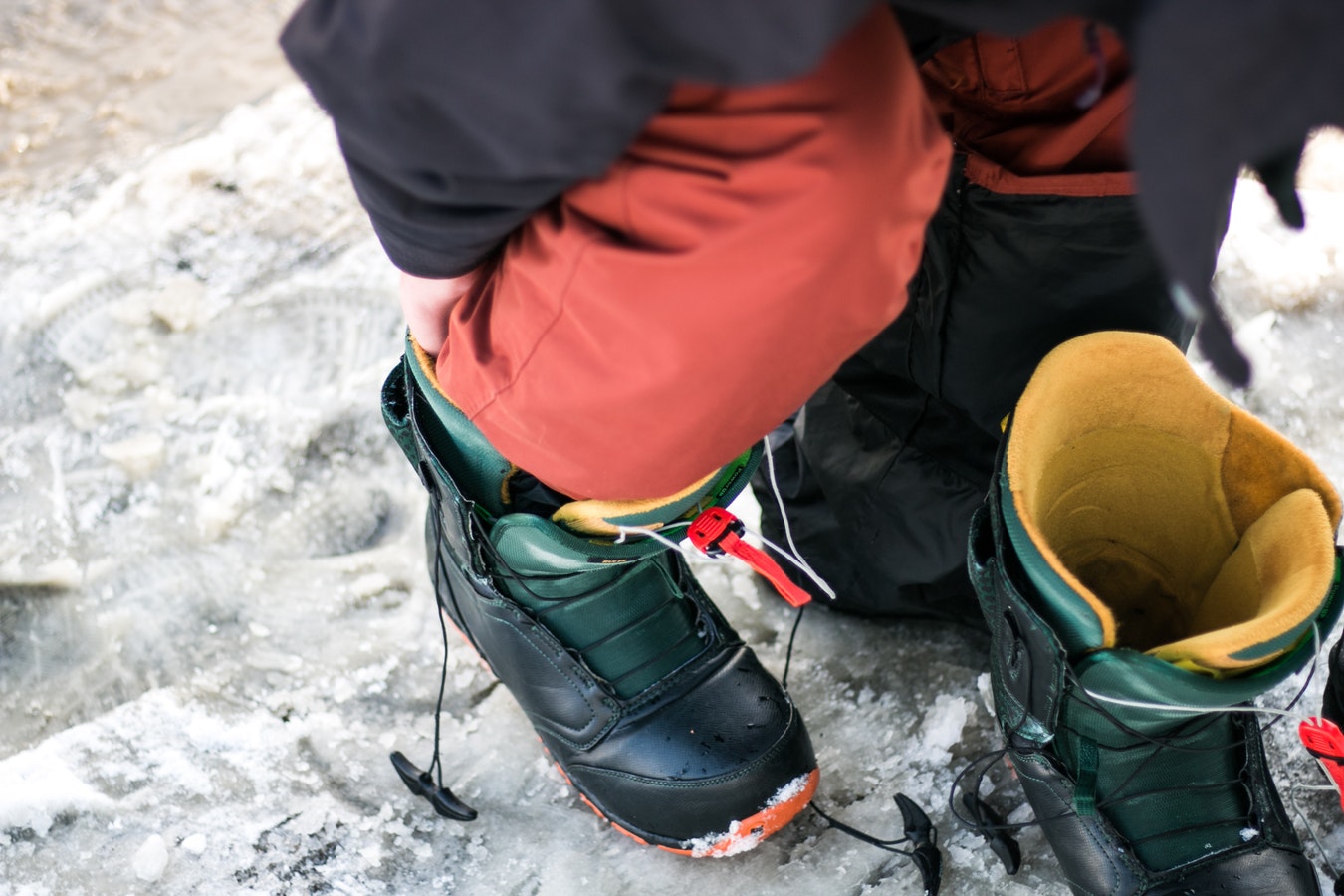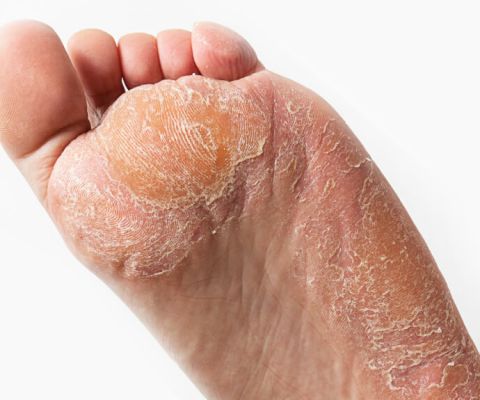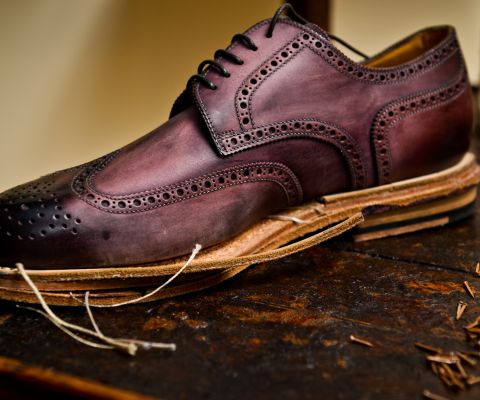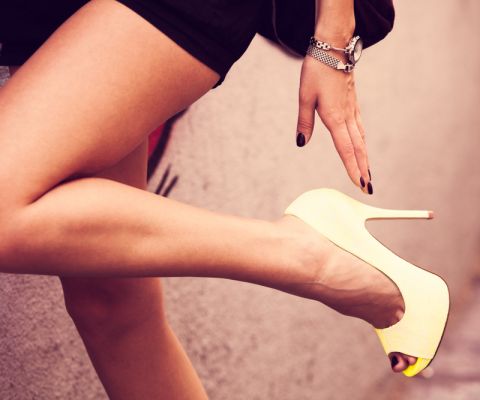How to Make Uncomfortable Shoes Wearable
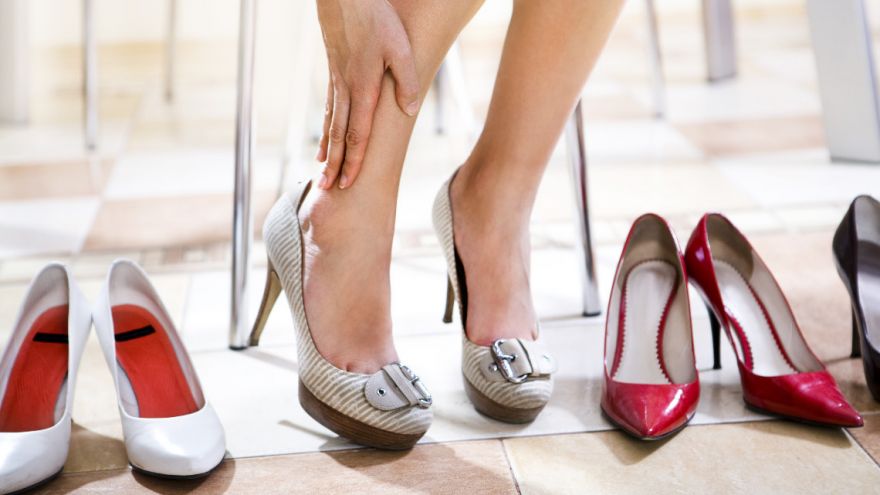
Ever had a love hate relationship with a pair of shoes? You love them because they look amazing, are extremely cute, make you feel like a gangster, increase your speed, etc, etc. But you hate them because they rub in the heel a bit, are slightly too tight in the toes, or the are just that tiny bit too loose.
It can be hard to let these shoes go.
In some cases you really can’t do anything but cut your loses and return you beloved shoes to the store or gift them to someone else. But many issues with discomfort can be addressed using a wide range of strategies. Below is a list of tips, tricks, FAQs, and hacks on how to make your uncomfortable shoes wearable.
Making the shoe wearable
Blisters and Chafing

One of the absolute most common problems that can crop up with uncomfortable shoes are blisters and chafing. You can put a stop to these issues by sticking pieces of moleskin inside your shoe. This stuff is easy to find at your local shoe shop or drugstore. Place the sheet around the area in question. Peal back the adhesive and plant firmly in place, and voila! Moleskin is a tried and true method for dealing with blister, why not use it as a preventative? You can also use anti-chafing creams to prevent chafing.
Another tact for heading blisters off before they start is applying some type of an antiperspirant or anti-friction stick to your feet. Apply the balm/powder directly onto your skin, aim for high risk areas such as your heel or top of foot if your shoe has a strap.
Insoles
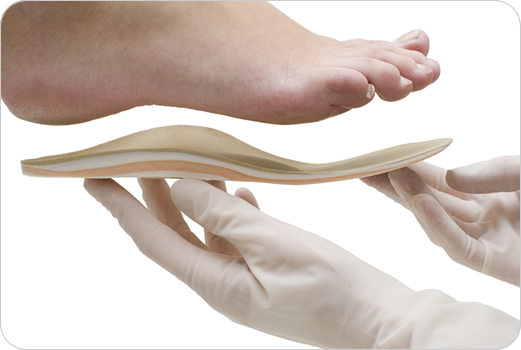
Keeping your foot locked in a comfortable position inside your shoe is really the key to comfort. If your foot slides around at all or if for any reason does not feel right sitting in the shoe, give insoles a try. There are a plethora of options when it comes to insoles, and many specifically designed for each area of the foot (and full coverage). One of the quickest and most radical ways to remedy uncomfortable shoes is through in some gel or padded insole to reduce movement and increase cushioning.
Tightness
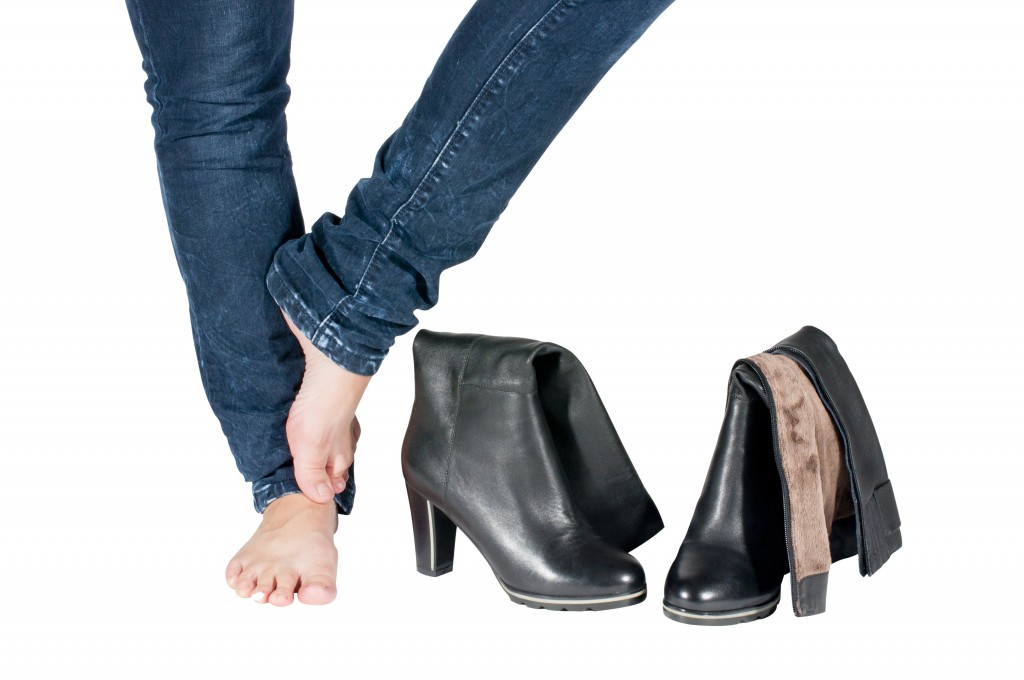
What about if your shoes are too tight or constrictive? This is one of the more challenging issues to overcome, but the good news is there are some options. Stretching out your shoes with a shoe tree can be effective, especially if the shoe is made of a more pliable material (such as leather or suede, not plastic). Mostly meant to maintain the shape of the shoe, shoe tree can also stretch things out. Insert the shoe tree into your shoe in between use, and crank it up. If you don’t have a shoe try and easy DIY method is stuffing the shoe with newspaper. Although this is generally not as effective as the shoe tree.
Sometimes shoes can become uncomfortable if we wear them too long. Snags can develop and part of the interior of the shoe can begin to unravel. This is a surefire way to getting some part of your foot irritated. A quick fix for this issue is to sew a smooth piece of denim over the offending area. This generally happens in the heel area.
Waterproofing
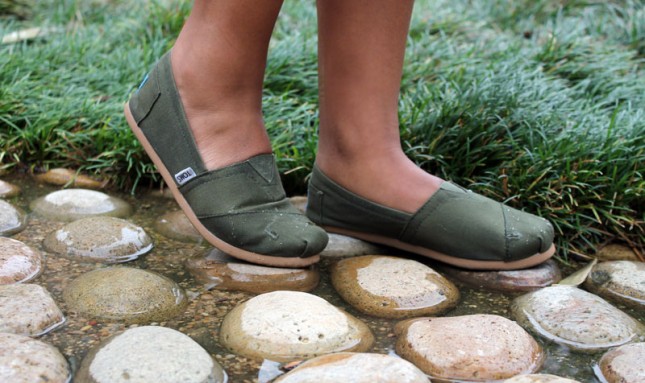
Another way in which some shoes become under comfortable is if they let water in too easily. They can fit perfectly, but with a little bit of moisture will become almost unwearable quick. Cloth shoes are an example of this. The solution? Waterproof them! There are tons of over the counter waterproofing sprays and beeswax has been shown to be a pretty effective option as well.
What if your shoes are simply a bit too big or too small (i’m talking fractionally not substantially)? Well you can try to head this off by being aware that feet often swell a half size up during the course of a day. But beyond this calibrating what socks you wear can go a long way to smoothing over an uncomfortable shoe. Too big throw on a thick pair or even double up, too small give some skinny polyester socks that will help help your feet fit better. A Bit more about sock types:
- Athletic socks generally are tighter in the arch area offering more compression. This helps offer a bit of arch support and is ideal for fitness utilized shoes.
- Moisture wicking socks will help remove sweat/moisture from around your feet. Keeping your feet dry allows you reduce the likelihood of blisters
- Running socks typically have additional padding on the underside, This will help absorb the shock of your feet pounding on the ground.
- Toe socks are like gloves, but for your feet instead — covering each to individually. If you struggle with your toes rubbing together these socks can be great.
Materials
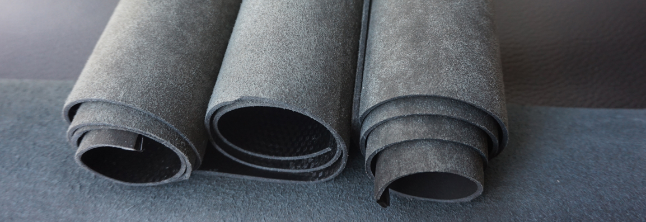
Consider the material. Some materials, such as cotton, retain sweat easily (not what we want), whereas Acrylic, polyester, and polypropylene help remove sweat, keep you nice and dry.
Odors
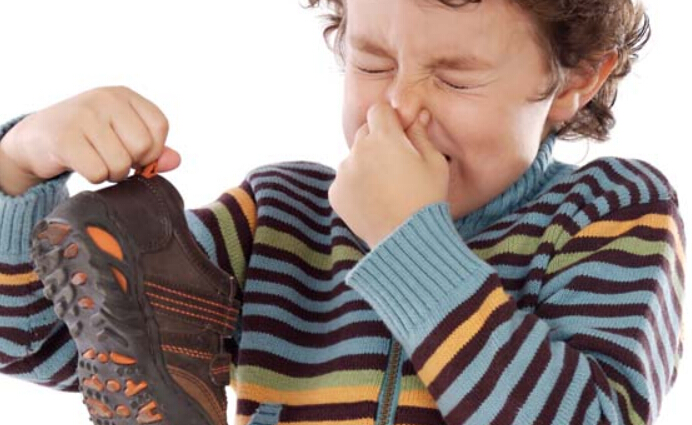
Another aspect of footwear that can cause discomfort is odors, particularly with athletic shoes sweat marinates and can lead to some really foul smells. They solution? Place some tea bags in your shoes and let them sit overnight. The teabags should help absorb some of the odor causing microbes. There are also deodorizing sprays, but make sure you choose carefully. There is nothing worse than bad smelling shoes mixed with bad smelling deodorizers.
So that’s it, that is our best advice on how to go about the tricky process of making uncomfortable shoes bearable. Obviously a lot of this can be headed off when you shop for footwear. You’re kind of inviting trouble with high heels or certain types of sandals — but as you can see there are many ways you can triage your feet if you do end up with a pair of shoes that isn’t quite comfortable enough. Have we missed one? Let us know your best tip for how to deal with this problem.





